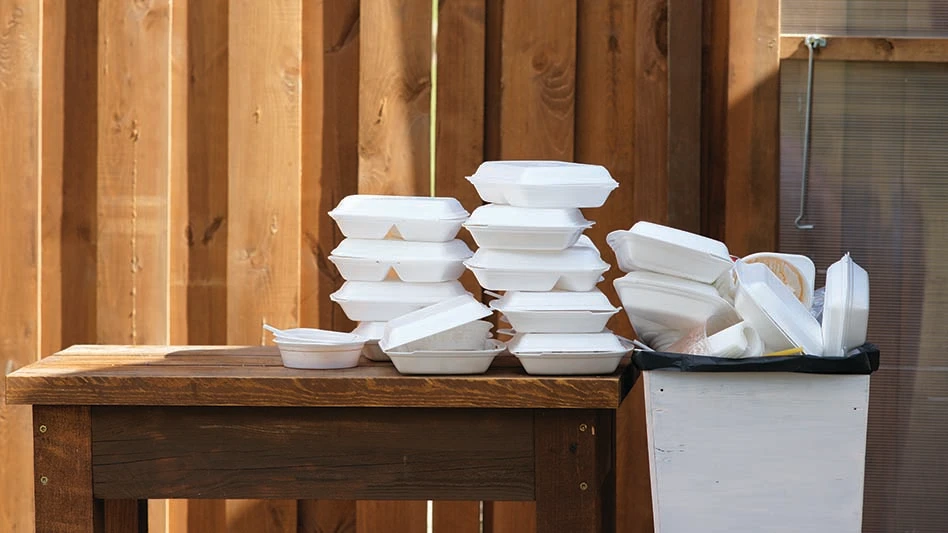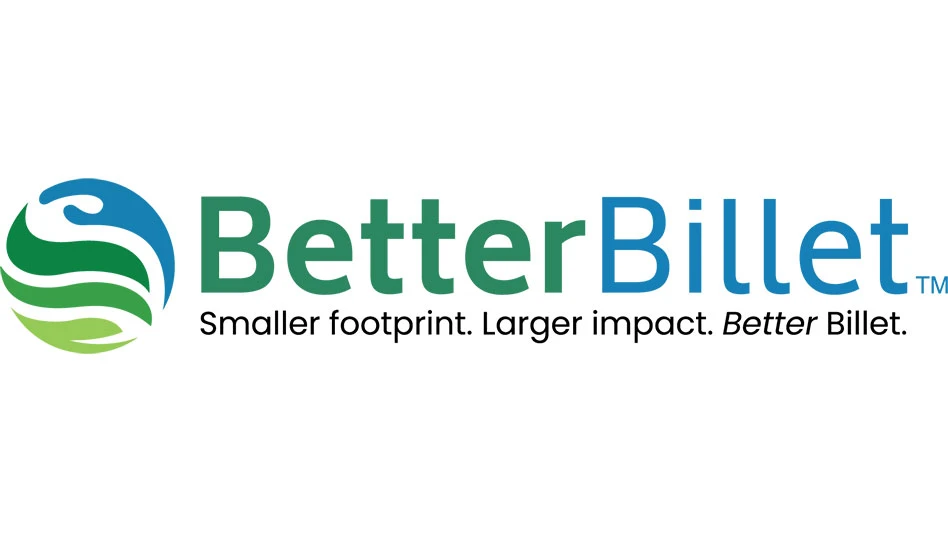N.Y. FACILITY ACCEPTS DRYWALL AND SHINGLES
A facility that opened in early 1999 near Albany, N.Y. is accepting waste drywall and roofing shingles as recyclable materials. Construction Debris Recycling Inc. (CDR), Colonie, N.Y., is accepting the often landfilled materials to re-process them into agricultural soil additives, construction material, manufacturing ingredients and odor and spill control materials.
CDR’s Ben Gordon says the flow of the material into the plant has been steady, although material quality has been a challenge when it comes to asphalt shingles.
"The number one issue we’re having is with getting shingles that are free of contamination," says Gordon. He notes that many loads are arriving with "things like wood and pieces of metal and plastic and paper" in amounts too large to yield a usable ground shingle product.
CDR charges a lower tipping fee to roofing contractors who can bring in a cleaner load. Unfortunately, while company owners may understand the benefit of that, those performing the actual tear-off work may not. "There are some roofers who get the idea and are willing to make their loads perfect in order to get the lowest possible tipping rate," says Gordon. "But there are others where the boss gets the idea but the guys on the roof don’t necessarily get it."
Gordon also acknowledges that, for roofing contractors, "the labor cost of pulling garbage out of shingles is enough that it can be a challenge for the roofers to do the sorting."
After the shingles are processed by a grinder designed by Andela Tool & Machine, Richfield Springs, N.Y., the primary market for the ground product is with hot asphalt mix operators. Gordon says CDR has had some difficulty penetrating this market because of the need to generate a large volume of material. "Once the volume figures get up, we’re going to work with people who are primarily doing driveways and parking lots, where state specifications don’t come into play," he notes.
Gordon says there are several end markets for the gypsum product, ranging from agricultural soil additive to an industrial spill absorption product. "There are so many different things to do with the gypsum, it’s like the horses are out of the gate, but we don’t know who’s going to win, place or show yet," Gordon remarks.
He adds that CDR is fortunate enough to carefully consider its end market options since it derives its primary revenue stream from tip fees. "If your operation is driven by up-front tipping fees as opposed to end product sales, then you can take your time developing the most efficient markets and destinations for the finished materials," says Gordon.
The company is currently charging about 35% less than competing landfills to accept material.
Get curated news on YOUR industry.
Enter your email to receive our newsletters.

Explore the August 2001 Issue
Check out more from this issue and find your next story to read.
Latest from Recycling Today
- Grede to close Alabama foundry
- Plastics Recycling Conference 2025: Working toward their targets
- SWACO rolls out new commercial recycling and food waste programming
- Updated: Matalco to close Canton, Ohio, plant
- Metso launches electric Anode Weighing and Casting Machine
- Circular by Shapiro releases '5 for Five' sustainability series
- Graphic Packaging set to close Ohio CRB facility
- Ameripen voices support for Maryland EPR bill






